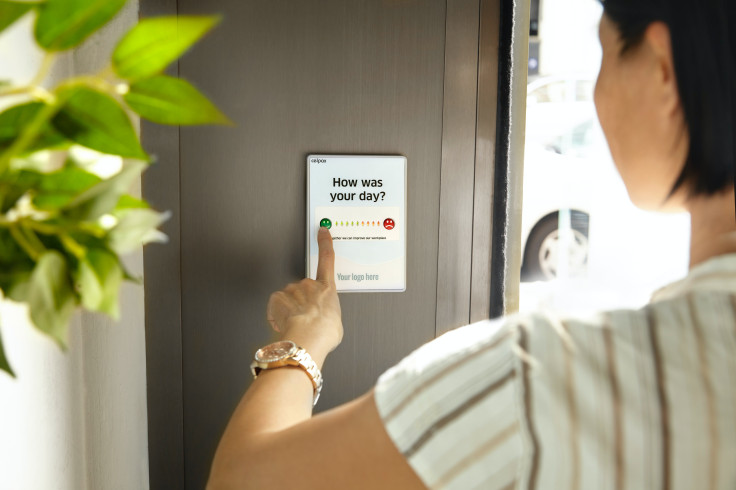Best Practices To Manage Employees Remotely

The nature, face and pace of business are rapidly changing. Traditionally, work roles were attended to in-person and at the office. However, with the advancement of technology and the availability of the internet in even the most remote locations across the world, it's possible for some employees to work remotely. This opportunity poses some challenges to leadership and management. We look at the best practices to manage employees remotely.
6 tips to manage remote employees
By embracing changes that come with working remotely, managers and employees take in the benefits of this as well as the challenges. Although your employees are out of sight, they are not out of mind. The following are some of the practices that managers can apply to effectively manage employees who are working remotely:
1. Acknowledge their efforts
In traditional workplace settings, some recognition can come through a pat on the back, mentions at a meeting, or being on the wall as an award winner or as the employee of the month or year. Employees working remotely may feel left out and unseen as they work behind the scenes. It's best for managers to appreciate their efforts by making a special mention at meetings or acknowledging them through the communication channels or company newsletters.
2. Establish and maintain clear communication
To avoid misunderstandings, it would be great for team leaders to set things in motion by having clear communication. The channels to which an employee should communicate if they have an emergency or delay in delivering a task should be clear. Clearly communicating working hours and goals allows the team to know what are the expectations.
By creating structure and communicating what needs to be achieved, action can be taken effectively. While working remotely, leaders and managers should encourage over-communication. Anything and everything work-related should be shared within the team.
3. 360-degree feedback

Feedback completes the cycle of communication. The 360-degree feedback, also known as multi-source feedback, is a good way to do that. It's a process where feedback comes from multiple sources, like an employee's self-evaluation and their colleagues and supervisors. You can allow the other parties to send their comments anonymously to encourage more honest observations.
Embracing 360-degree feedback as a practice helps in managing remote employees. It is an effective performance management system and helps promote collaboration as well as identifying and nurturing future leaders. Anyone can give feedback on an employee's performance: direct reports, cross-functional members, peers, or any other stakeholder, be they internal or external. Through this approach, managers can eliminate any bias that may be misleading. The employees will become self-aware since they will learn about their strengths and weaknesses and will improve their areas of weakness.
4. Keep it personal
When relating with employees, managers should not let it all be about work and what is expected of them. They can start meetings on a personal note, check in on the employees, ask how they feel, and how their weekend or break from work was. They can also ask their subordinates how members of their family or household are doing and if they are ready for the task ahead of them. Doing this brings a sense of empathy and belonging to them. Managers can also create a communication channel on Slack or any other platform on which employees can discuss other topics aside from work.
5. One-on-one meetings
Each employee is different, and they may have challenges and skills that are unique to them. To interact with their individual needs, set up one-on-one meetings with each of them. This gives leaders an opportunity to communicate the assessment of their performance and future expectations. The employees can also communicate frustrations they may face as they work and ways to help them become better.
During such sessions, have the video on first. Having video gives the manager a chance to pick up the non-verbal cues and also see how they really are doing.
6. Build trust and accountability

As an effective leader, one needs to empower their employees and display trust in them to deliver work, even while they work remotely. This can be done by delegating some work, assigning it to them and giving them the chance to take ownership of various tasks.
Try not to micromanage, since this may hamper their confidence and create friction. By understanding employees and their strengths, a manager can assign tasks that they will thrive in to build their confidence.
Working together while apart
It really is possible for a team to work remotely and still meet and exceed expectations. Lead and manage teams, even when there is some distance between the team. By applying the best practices for managing a team remotely, managers will realize the goal is not too distant. The entire team will share the same vision and take action to achieve the goals of the company. Together, they can still meet their goals and achieve success while working remotely.
© Copyright IBTimes 2025. All rights reserved.





















